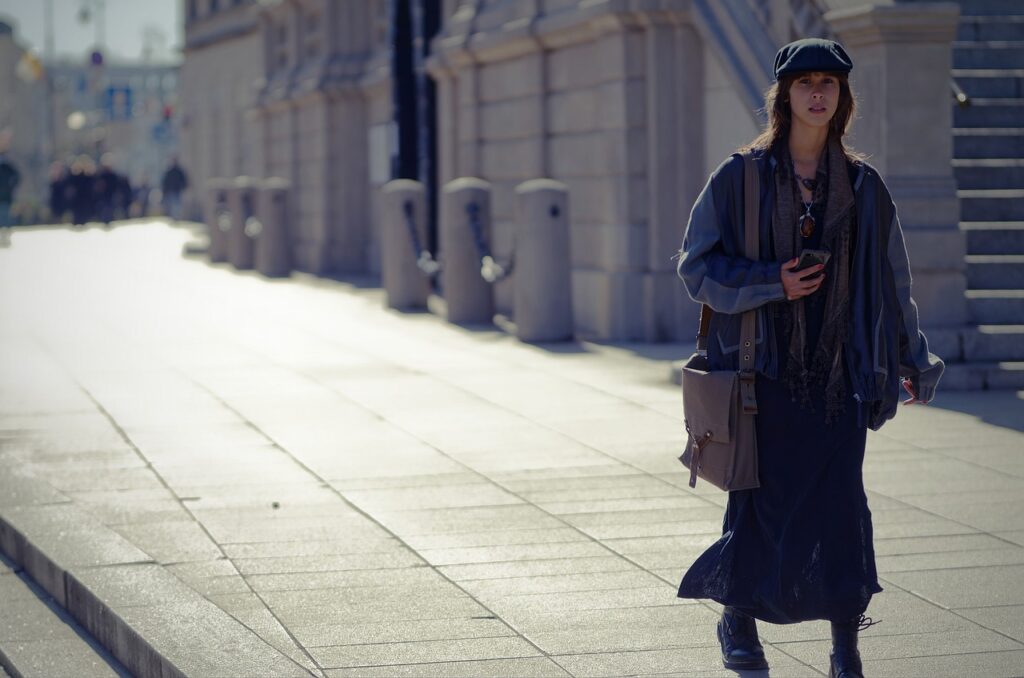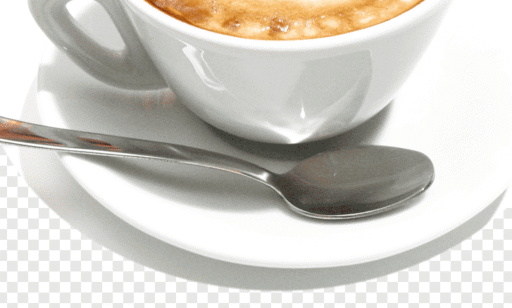The Rise Of Economical Design: Why its More Critical Then Ever
The Rise Of Economical Design: Why its More Critical Then Ever
Table of Contents
- The Rise Of Economical Design: Why its More Critical Then Ever In later times, the design industry has been confronting a figuring. Known for its fast-paced patterns, mass generation, and noteworthy natural effects, design has regularly been criticized for contributing to contamination, squandering, and abuse. In any case, a wave of alter is underway, and it’s being driven by the rise of feasible design.
- Feasible design, at its center, centers on minimizing the natural effect of clothing generation, advancing moral labor hones, and cultivating a more cognizant buyer culture. It challenges the conventional “quick design” show, where clothing is cheaply created, regularly at the cost of the planet and specialists, to meet the request for steady unused styles.

The Rise Of Economical Design: Why its More Critical Then Ever
The Natural Taken a toll of Mold
- The design industry is one of the biggest supporters to natural harm. From the development of cotton to the fabricating forms, coloring textures, and transportation, each arrange of clothing generation has an affect on the planet. The material industry is mindful for roughly 10% of worldwide carbon outflows, more than universal flights and sea shipping combined.
- The quick design demonstrate compounds these issues by empowering buyers to buy more habitually, regularly picking for low-cost, low-quality things that are rapidly disposed of. The normal American buys around 60 things of clothing per year, a number that has skyrocketed in later decades. This steady turnover leads to gigantic material squander, with millions of tons of disposed of dress heaping up in landfills each year.

The Rise Of Economical
Why Maintainable Mold Is Picking up Footing
- The move toward maintainable design is picking up force for a few reasons. To begin with, mindfulness almost the natural toll of quick design has skyrocketed, much appreciated to documentaries just Like the Genuine Fetched and high-profile campaigns by activists like Stella McCartney. Buyers are getting to be more taught almost the lifecycle of the pieces of clothing they wear, from the chemicals utilized in their generation to the conditions beneath which they are made.
- Moment, the developing ubiquity of eco-friendly hones in other zones of life has affected the mold world. From plant-based nourishment choices to the rise of electric vehicles, individuals are progressively concerned around their carbon impressions. As a result, they are looking to adjust their mold choices with their values.

Long standing Time of Mold: Circular Economy and Moral Hones
- One of the foremost energizing improvements within the feasible mold development is the concept of the circular economy. This show points to keep items in utilizor as long as conceivable by planning them to be reused, repaired, and reused. Within the setting of mold, this implies making articles of clothing that are strong and can be effectively repaired, reused, or repurposed.
- Brands like Patagonia and The North Confront are as of now driving the way with programs that permit clients to return worn-out items for repair or reusing. This not as it were amplifies the life of clothing but moreover keeps it out of landfills, decreasing squander.

How Buyers Can Get Included
- Whereas the mold industry is making strides, shoppers play a vital part within the victory of feasible mold. Making more cognizant choices such as buying less, higher-quality things, supporting moral brands, and grasping second-hand shopping can have a noteworthy affect. In expansion, taking care of clothing by washing it less frequently, utilizing eco-friendly cleansers, and repairing things rather than disposing of them can moreover decrease natural hurt.
- The great news is that maintainable design doesn’t cruel relinquishing fashion. Numerous eco-friendly brands offer flawlessly outlined, high-quality pieces that stand the test of time. And with second-hand and vintage shopping picking up notoriety, there no deficiency of stylish options accessible.

Conclusion
- The rise of feasible mold isn’t fair a trend its a vital move within the way we think around clothing and its affect on the planet. As customers, we have the control to drive alter by making more mindful, educated choices. Whereas the road to a completely economical mold industry is long, the energy is evident. With expanding mindfulness and advancement, long haul of mold can be both a la mode and feasible.
[WPSM_AC id=159]
